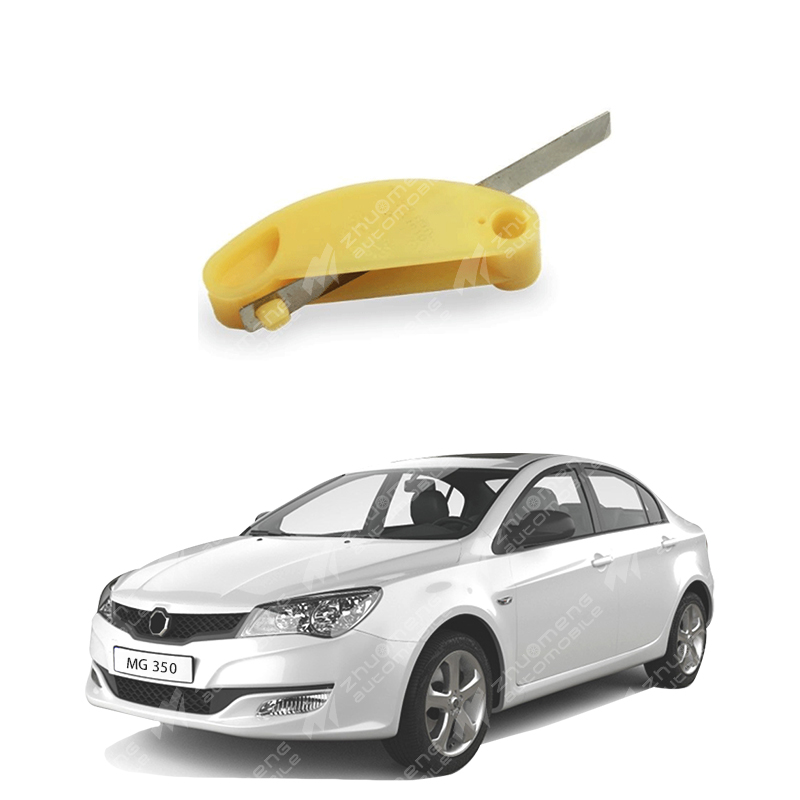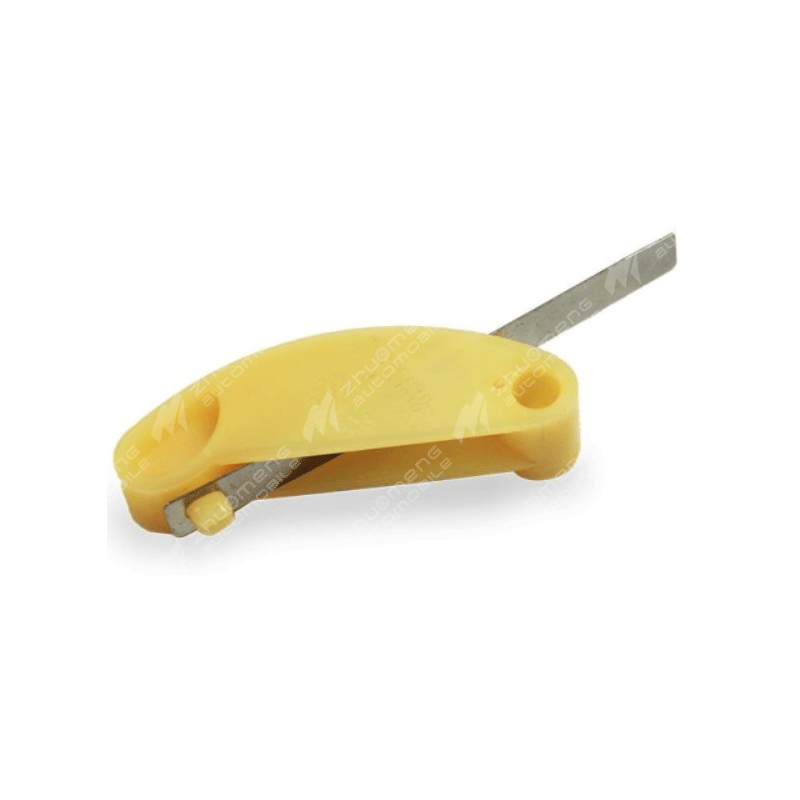Oil pump control circuit working principle
The oil pump control circuit is an electronic control system used to control the start and stop of the oil pump, speed regulation and flow control. The circuit is usually composed of a control module, a power drive module and a sensor.
1. Control module: The control module is the core part of the entire circuit, which receives the signal from the sensor and performs logical calculation and judgment according to the set parameters. The control module can be a microprocessor-based digital controller or an analog control circuit.
2. Sensor: The sensor is used to monitor parameters such as oil flow, pressure and temperature, and transmit corresponding signals to the control module. These sensors can be pressure sensors temperature sensors and flow sensors.
3. Power drive module: The power drive module is responsible for converting the signal output by the control module into a voltage or current signal suitable for driving the oil pump. This is usually achieved using a power amplifier or driver.
The control module receives the sensor signal and determines the working state of the oil pump through a series of logical calculations and judgments. According to the parameters set, the control module will issue the corresponding control signal and send it to the power drive module. The power drive module adjusts the output voltage or current according to the different control signals, and controls the start and stop, speed and flow of the oil pump. After the control signal is output by the power drive module, it is input to the oil pump to make it work according to the requirements. Through continuous monitoring and adjustment, the oil pump control circuit can achieve accurate control of the working state of the oil pump, ensure its safe and stable operation, and meet the needs of different working conditions.
Zhuo Meng Shanghai Auto Co., Ltd. is committed to selling MG&MAUXS auto parts welcome to buy.



